View 393 times
#BREMEN, Germany — #SpireGlobal, a space-based data and services firm, has launched a web-based app designed to simplify satellite constellation operations for its customers.
The #Constellation Management Platform, unveiled at Space Tech Expo Europe here in Bremen, Nov. 14, will provide customers with a simplified and user-friendly interface for managing #satellite operations, according to the company.
The mission operation-as-a-service platform is presented as an innovation in Space Services, Spire’s offering of end-to-end solutions to customers. Space Services allows customers to build, launch and operate their own satellite constellation for a flat monthly fee.
The new #Constellation Management Platform service supports a range of use cases. These include Earth observation, connectivity, radio frequency intelligence, and space domain awareness. Spire says the service will enhance overall flexibility and make satellite management more accessible.
“Satellites never sleep. You build and launch a satellite once, but then you have to operate it and communicate with it thousands of times over its lifetime,” said Frank Frulio, general manager of Space Services at Spire, in a press statement
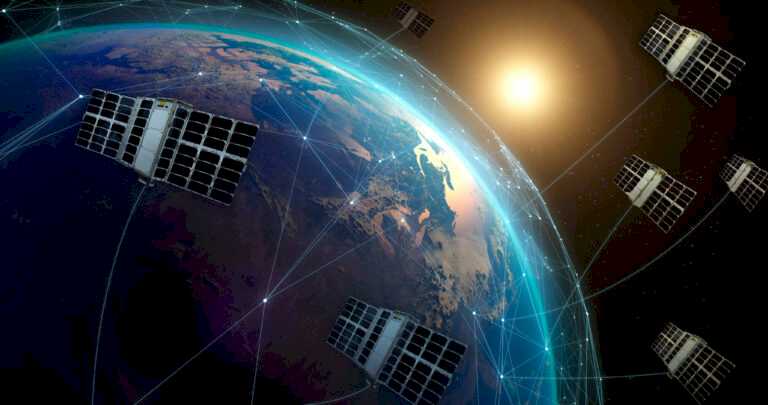
View 382 times
Quantum Space reveals plan for Scout-1 #satellite and Sentry mission.
#SANFRANCISCO – Quantum Space plans to launch Scout-1, the space infrastructure and services company’s first #satellite, no earlier than March 2024 on a SpaceX Transporter rideshare flight.
From sun synchronous low-Earth orbit, the Scout-1 #satellite will test a sensor Quantum Space plans to send to deep space as part of QuantumNet, a constellation to provide customers with communications, navigation and space situational awareness services in geostationary and cislunar space.
Sue Hall, Quantum Space vice president programs, called the Scout-1 Sentry mission a “stepping stone” toward QuantumNet
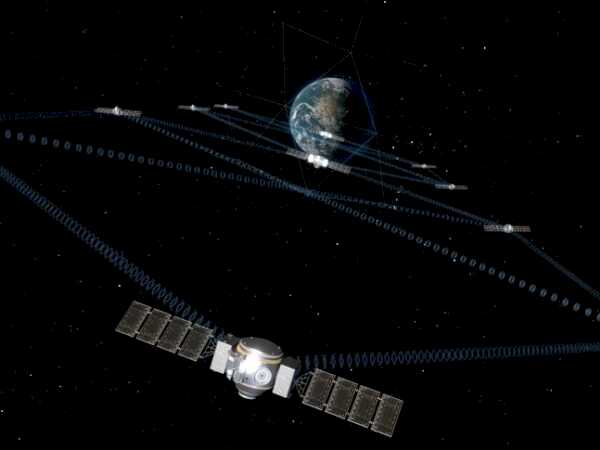
View 392 times
In the wake of the full-scale #Russian invasion, global attention has focused on Western military support extended to Ukraine. Much of this recognition centers on the provision of conventional resources, such as ammunition, fighting vehicles, tanks, artillery, air defense systems, and, of course, the famously effective High #Mobility #Artillery #Rocket Systems (HIMARS) #spacenews
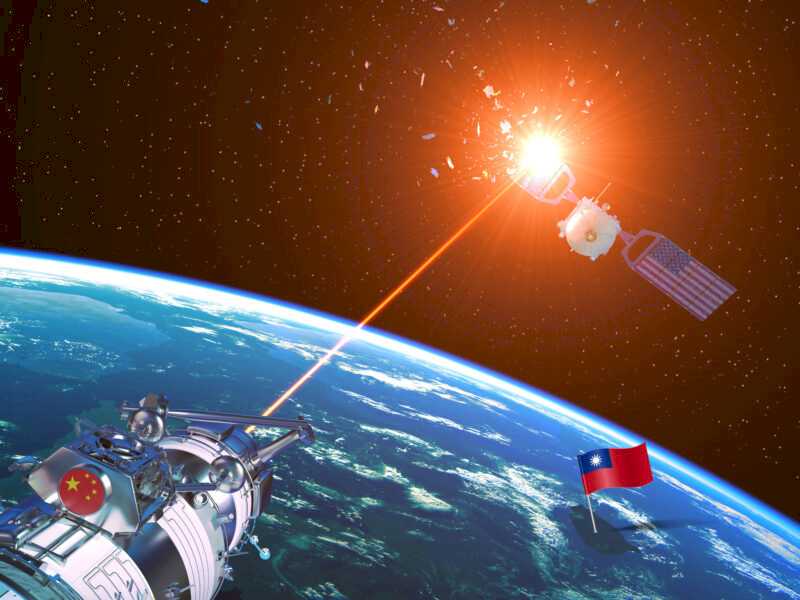
View 385 times
#WASHINGTON — SpaceX launched more than 100 #satellites in the ninth in a series of dedicated smallsat rideshare missions Nov. 11, the latest flight in a program that has generated both delight and disdain across the commercial space industry.
A Falcon 9 lifted off from #Vandenberg Space Force Base in California at 1:49 p.m. Eastern on the Transporter-9 mission. The booster, which previously launched 11 missions including Transporter-8 in June, landed back at the launch site seven and a half minutes after liftoff.
Transporter-9 carried 90 payloads deployed over the course of half an hour, starting about 55 minutes after liftoff, although confirmations of a successful deployment were initially missing for several of the satellites. Those payloads included several orbital transfer vehicles that will later deploy their satellites, bringing the total satellites on the launch to more than 110. #spacenews

View 356 times

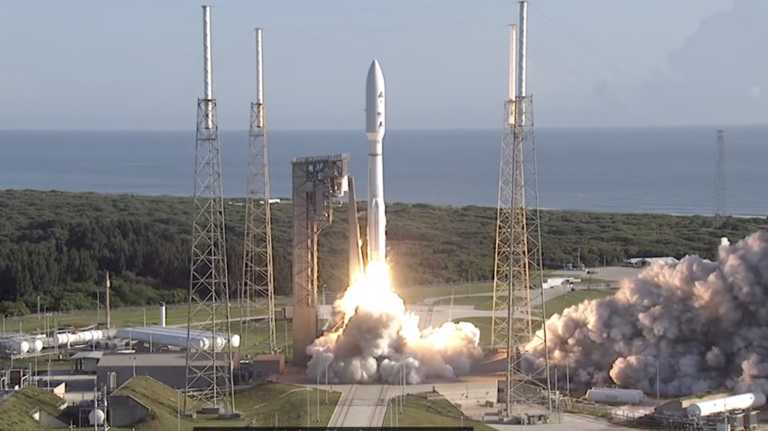


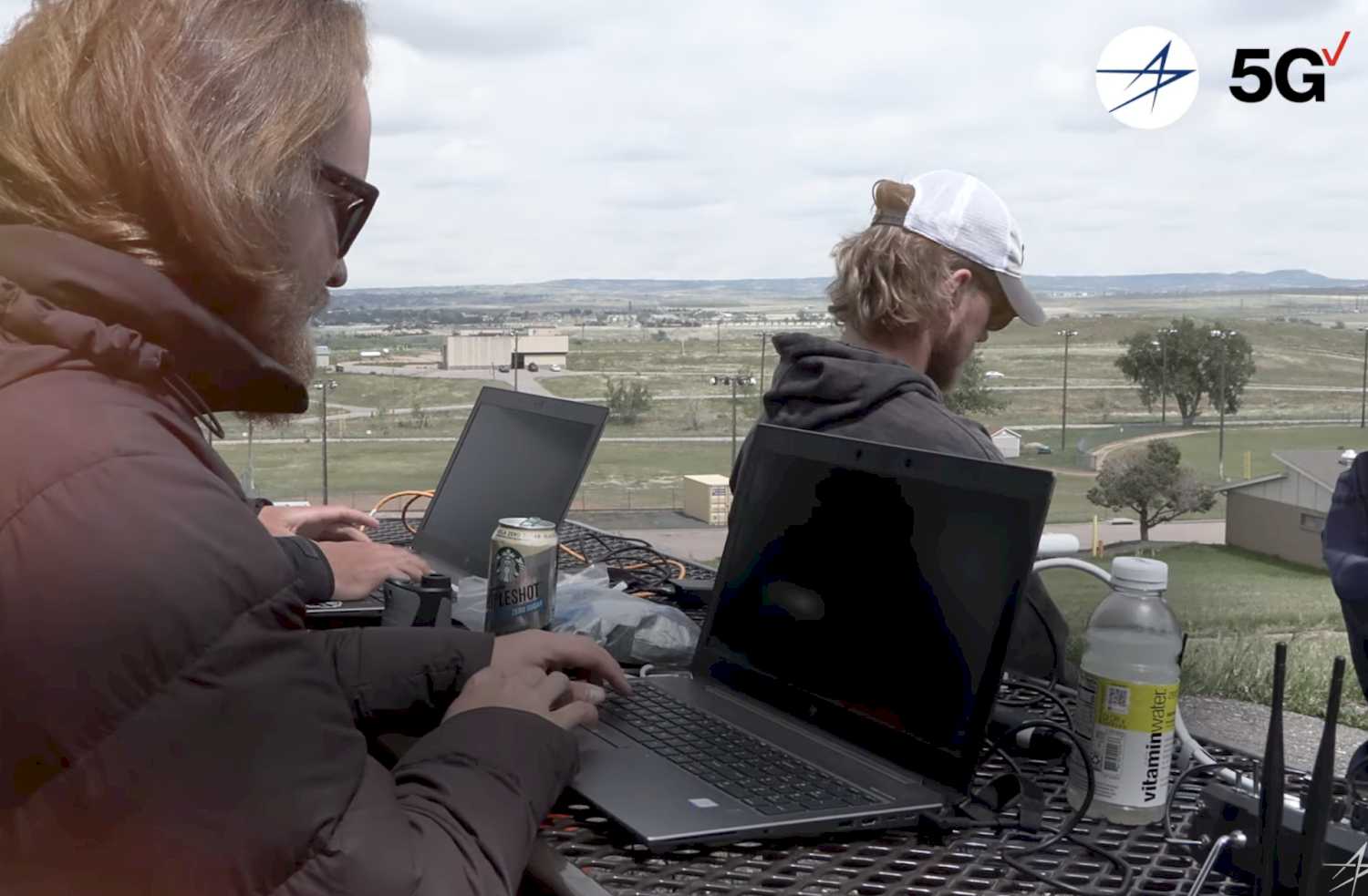

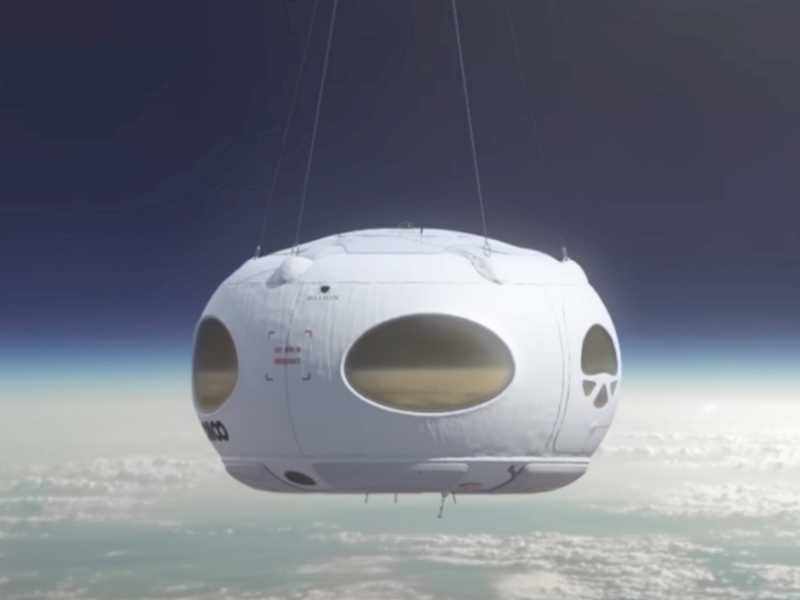
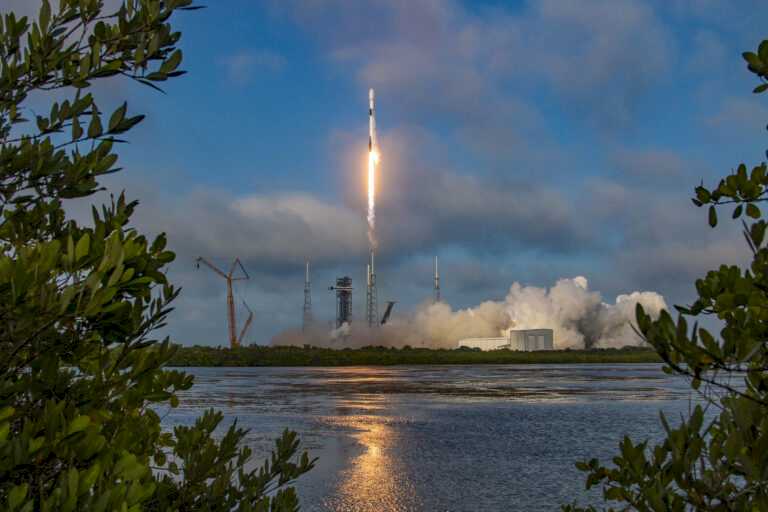




Space news on Umojja.com